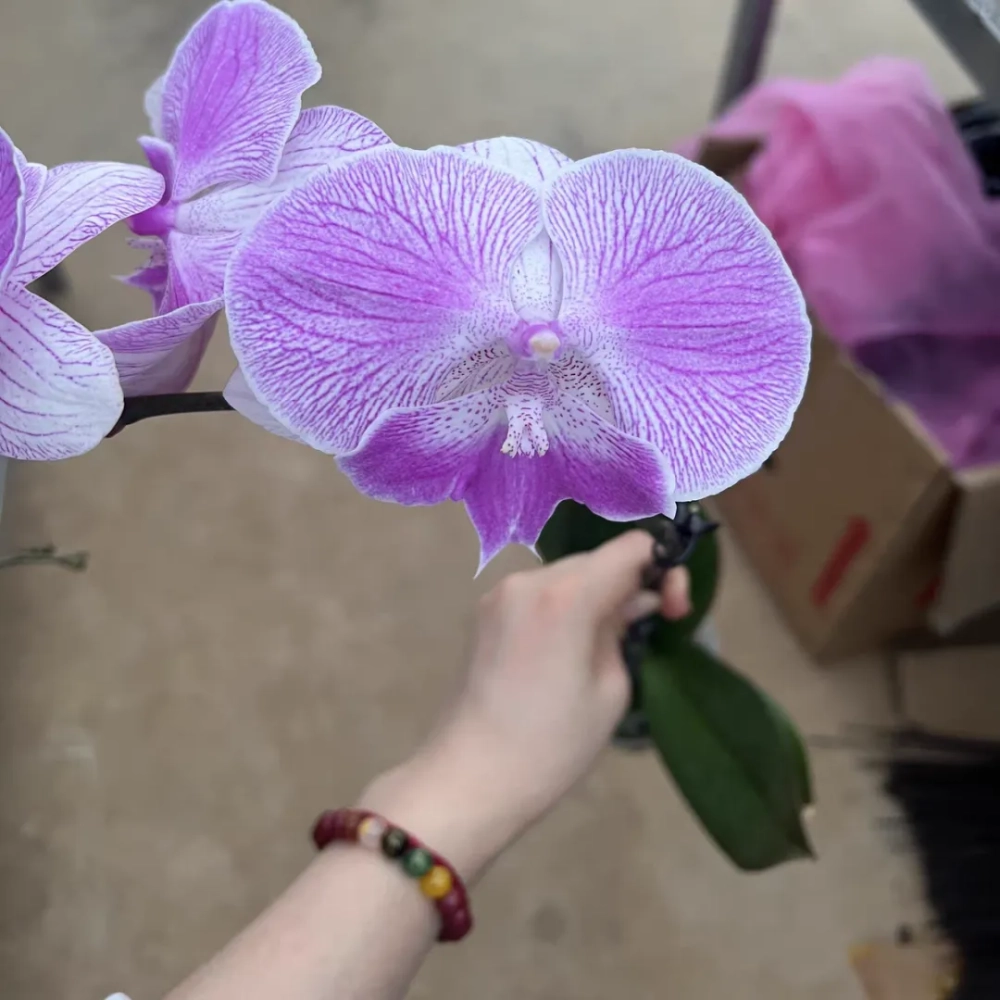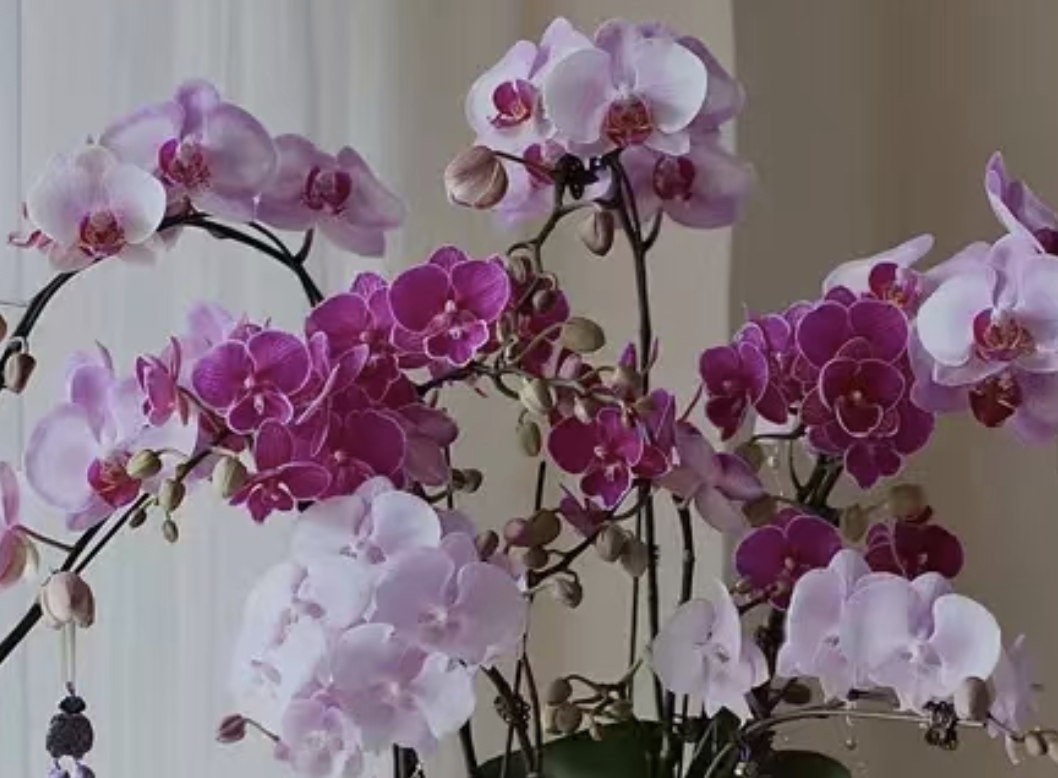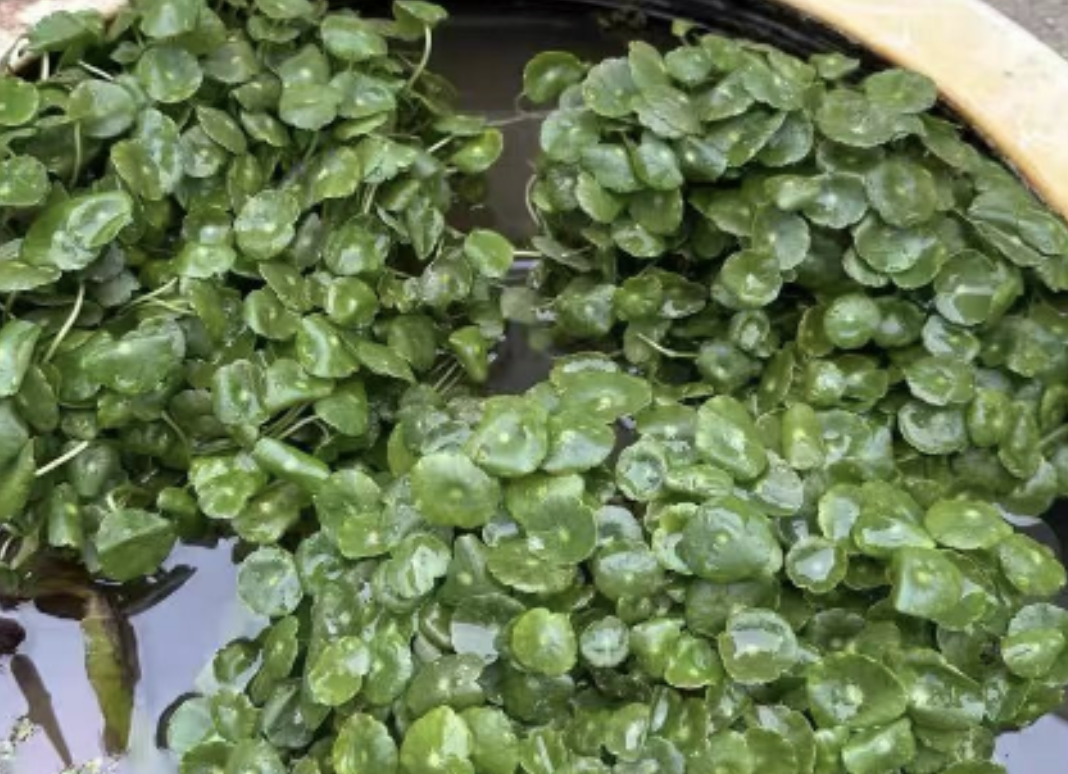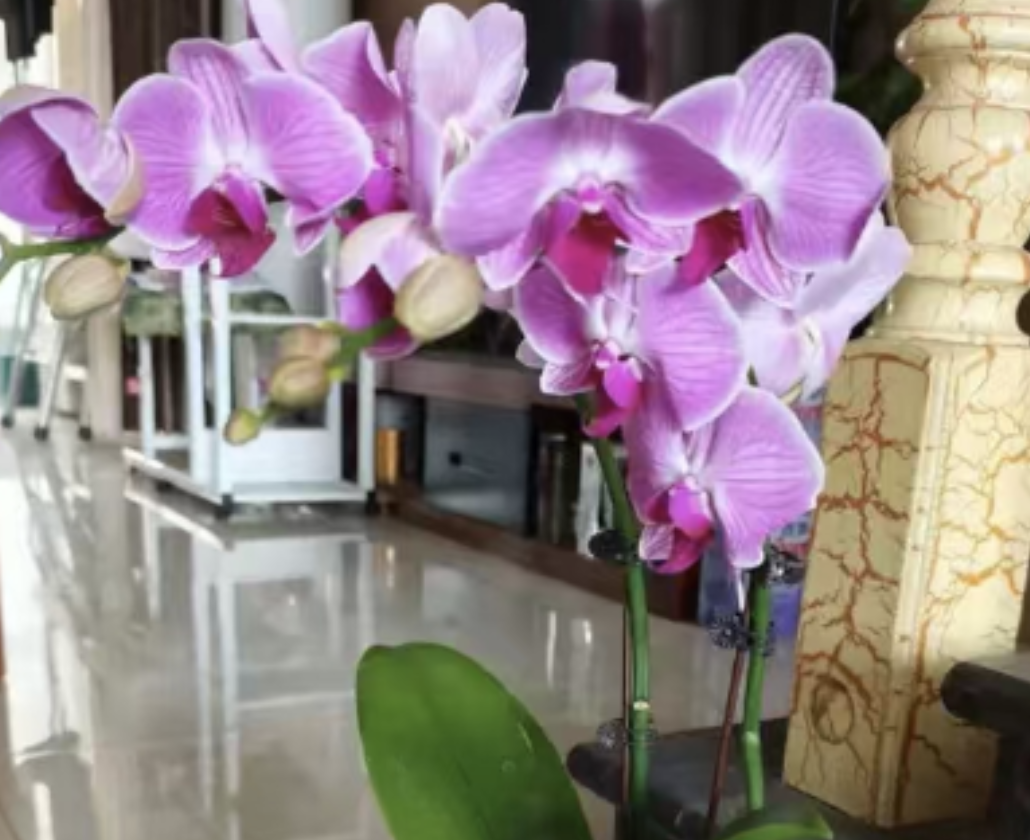Anyone who grows Phalaenopsis at home knows that this little plant is quite delicate, especially when it comes to humidity—it has no low requirements at all. Today, I'll talk in detail about how to maintain the proper humidity for Phalaenopsis.
Phalaenopsis is a tropical plant, and the most suitable humidity range for its growth is generally between 50% and 70%. Within this humidity range, Phalaenopsis can absorb water and grow more smoothly, reduce water evaporation, provide sufficient moisture for the roots, and prevent them from getting tired and wilting. Moreover, high humidity can also improve the photosynthesis of Phalaenopsis, promote nutrient absorption, and help it thrive.
In summer, the difference in air humidity between the south and the north is very obvious. The humidity in the south often reaches extreme levels, while the north is so dry that it feels like it could catch fire. At this time, we have to "act according to local conditions". For flower lovers in the south, it is important to ensure good ventilation to prevent root rot caused by excessively high humidity; for those in the north, we need to find ways to add "water" to the air. You can use a humidifier, or place a basin of water next to the flowerpot to let the water evaporate naturally and increase humidity.
In winter, the humidity in families with heating and those without is also vastly different. Rooms with heating are particularly dry, which accelerates the water evaporation of Phalaenopsis, making it prone to water shortage. At this time, it is necessary to do a good job of humidification. Although places without heating are humid and cold, we must also be careful not to let Phalaenopsis stay in a low-temperature and high-humidity environment for a long time, otherwise it is easy to get sick.
To maintain the healthy growth of Phalaenopsis, you can increase air humidity by spraying water, but never spray directly on the leaf core, otherwise it is easy to cause root rot, and good ventilation is a must. There are also precautions for watering: in summer, it is generally watered 1-2 times a week, but the specific frequency should be adjusted according to the medium you use. When maintaining indoors, if the air is dry, spray the leaf surface to keep it moist, but do not spray water on the flowers during the flowering period, as it will affect the flowering period.
Another key point to remember is that Phalaenopsis has different water requirements at different growth stages. A large amount of water is needed during the new root extension period, while only a small amount of water is required during the dormant period after flowering. Therefore, in the maintenance of Phalaenopsis, reasonable regulation of humidity and water supply is really important!
How to properly control the humidity for Phalaenopsis?

Share with
Tagged in :




Leave a Reply